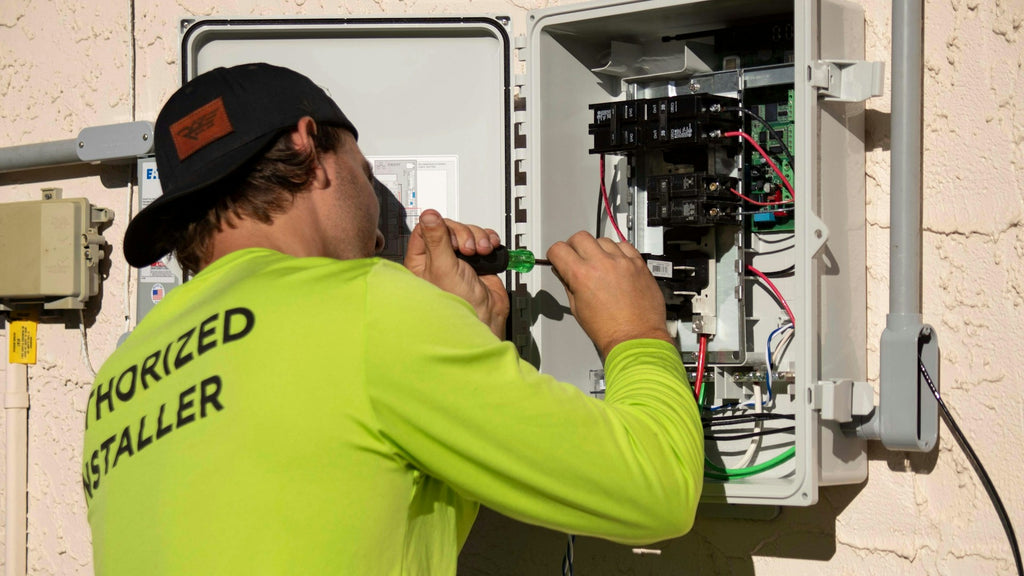Solar inverters play a crucial role in converting the direct current (DC) generated by solar panels into alternating current (AC) for use in homes and businesses. However, like any technology, they can experience failures. This article serves as a comprehensive guide to understanding solar inverter failures: a guide to solving 8 familiar issues that users may encounter.

1. Overheating Issues
One of the most common problems with solar inverters is overheating. This can occur due to poor ventilation or excessive ambient temperatures. If your inverter is overheating, it may shut down to protect itself. To prevent this, ensure that your inverter is installed in a well-ventilated area. If overheating persists, consider consulting a professional.
2. Communication Failures
Communication failures between the solar inverter and monitoring systems can lead to inaccurate performance data. This issue may arise from faulty wiring or software glitches. Check the connections and reset the inverter if necessary. If the problem continues, updating the firmware may resolve the issue.
3. Ground Faults
Ground faults occur when there is an unintended path for current to flow to the ground. This can be caused by damaged cables or moisture ingress. Regularly inspect your system for signs of wear and tear. If a ground fault is detected, it is essential to address it immediately to prevent further damage.
4. Inverter Shutdowns
Inverters may shut down unexpectedly due to various reasons, including grid issues or internal faults. If your inverter frequently shuts down, check for error codes on the display. Understanding these codes can help you diagnose the problem. If the issue persists, professional assistance may be required.
5. Low Output Power
When the output power of your solar inverter is lower than expected, it can be frustrating. This may be due to shading on the solar panels, dirt accumulation, or inverter malfunctions. Regular maintenance and cleaning of the panels can help maintain optimal performance. If low output continues, consider having the inverter inspected.
6. Inverter Age and Wear
Like any electronic device, solar inverters have a lifespan. Typically, they last between 5 to 15 years. If your inverter is nearing the end of its life, it may start to exhibit various failures. Regularly monitor its performance and be prepared for a replacement if necessary.
7. Voltage Fluctuations
Voltage fluctuations can lead to inverter failures and may be caused by issues in the electrical grid. If you notice frequent fluctuations, it is advisable to consult with your utility provider. They can help determine if the problem lies within the grid or your system.
8. Faulty Components
Sometimes, individual components within the inverter may fail. This can include capacitors, fuses, or circuit boards. If you suspect a faulty component, it is best to have a qualified technician perform a thorough inspection and repair.
Conclusion
Understanding solar inverter failures: a guide to solving 8 familiar issues is essential for maintaining the efficiency of your solar energy system. Regular monitoring and maintenance can help mitigate many of these problems. If you encounter persistent issues, do not hesitate to seek professional help to ensure your system operates smoothly.














